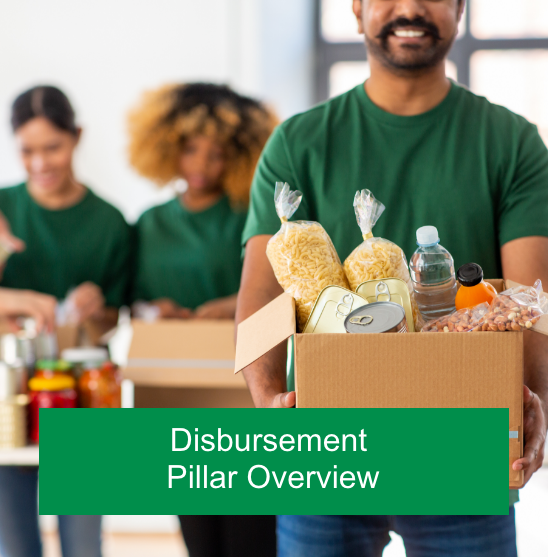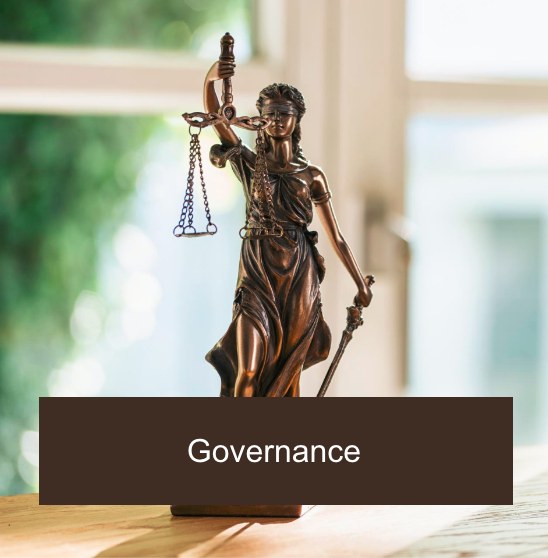Fundraising
approach
Formulation of the Fundraising Strategy
The Fund had to rapidly raise funds to create impact at scale and speed in the country. One of the key success factors was to create a considered strategy and assemble a donor team and a fundraising sub-committee which could leverage the Fund’s networks within business, government, and civil society. The Fund agreed on a clear priority to structure the effort to raise funds rapidly.
The fundraising strategy was implemented by well-known and well-respected senior business people who acted as key account managers, leveraging their relationships with potential donors. These managers approached potential donors and enabled individualised fundraising engagement. This provided a deep sense of comfort amongst donors, often resulting in repeat donations. The strategy was to prioritise and direct effort at large corporates and foundations, but to also design and develop the appropriate channels to provide a platform for all South Africans to contribute.
The first large donations came from Mary Oppenheimer and her daughters, who pledged R1 billion to the Fund in its first week of operation and from global internet and technology group Naspers Limited, which pledged R500 million. South Africans also heeded the President’s call for donations and responded generously of their own accord, with over 300 000 members of the public making donations ranging from as little as R5 to over R1 million. Three prominent business families in South Africa pledged R1 billion each to COVID relief efforts but did this through their own foundations and supported other initiatives outside of the Solidarity Fund.
When President Ramaphosa extended the hard lockdown in April 2020, he once again called on the public to donate to the Fund and on corporates to encourage payroll donations. He set the example by announcing that he and his deputy, as well as all cabinet ministers and deputy ministers had undertaken to donate one third of their salaries for three months to the Fund.
The Fundraising team worked on approaching corporates and chasing pledges, while the EY team worked with Old Mutual to set up processes for converting the pledges into cash. The Fund sought to make it easy for individuals to also donate, the Fund’s banking details were published on the website linked to the bank, it partnered with crowd funding platforms and with supermarkets to enable people to make donations at their checkout tills. It also partnered with banks and their rewards programmes to allow clients to convert their rewards into donations to the Fund.
The Fund sought to establish good governance in fundraising, by scrutinising the source of every donation. To streamline this process, the Fund developed a Donor Policy and adopted a Lexis Nexis Vetting Tool to identify and validate all donations received.
Due to the fact that the Fund was operating at speed, it decided to report back to donors through pooled reports rather than on an individual basis. The Fund did this through quarterly media updates, a monthly newsletter, project and interim and annual reports, all of which were published on the website. There was enormous emphasis on transparency and that the public could see, through the website, not only who donated money to the Fund, but also to whom that money had been disbursed.
There was some debate around how to balance short-term, medium-term, and long-term spending and whether the Fund should be saving money to spend later. The Board concluded that because the Fund was intended as a rapid response vehicle, the purpose of which was to augment government’s response and fill gaps, the biggest needs would probably appear at the beginning of the crisis. Once this decision had been made, it became very clear that the money should be spent upfront, to plug the holes that appeared while government organised itself to respond to the crisis in the appropriate way.
Bespoke fundraising strategies for the different donor categories allowed the Fundraising Team to leverage trusted relationships and create individualise engagements for donor groups and for specific large donors. This strategy enabled the Fund to raise funds very rapidly in a time of need.
One of the key success factors was to appoint key account managers that were well connected with existing relationships with the largest companies and foundations in and outside of the country.
The use of open platforms for individual donations resulted in a common qualification in financial statements of donor dependent organisations. Individual donations should be structured differently to avoid any negative outcomes for the Fund.
Adopting a pooled approach to reporting enabled the Fund to focus its energies and not spend excessive resources on reporting.





